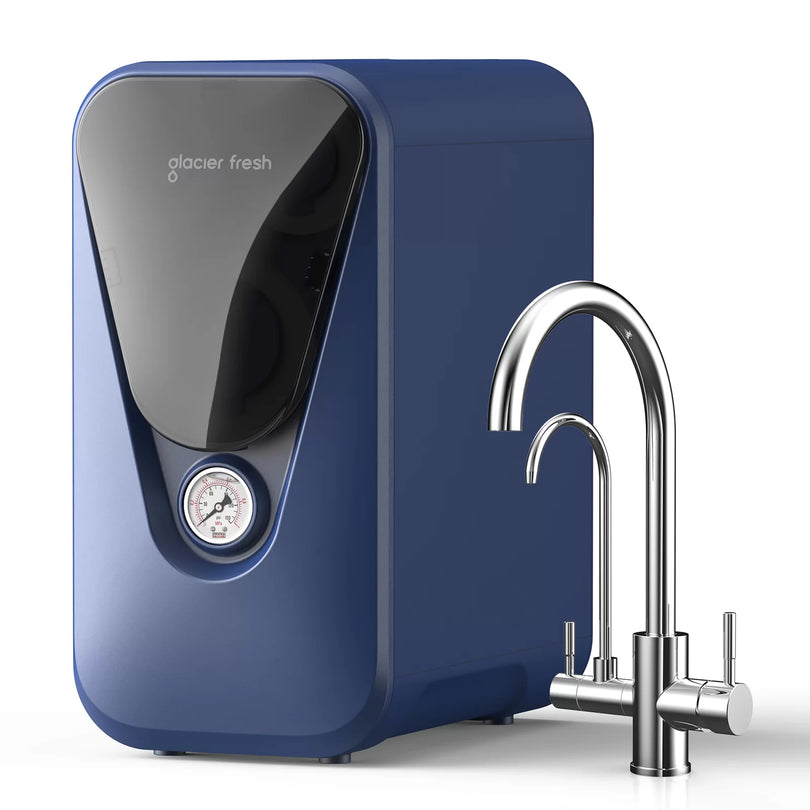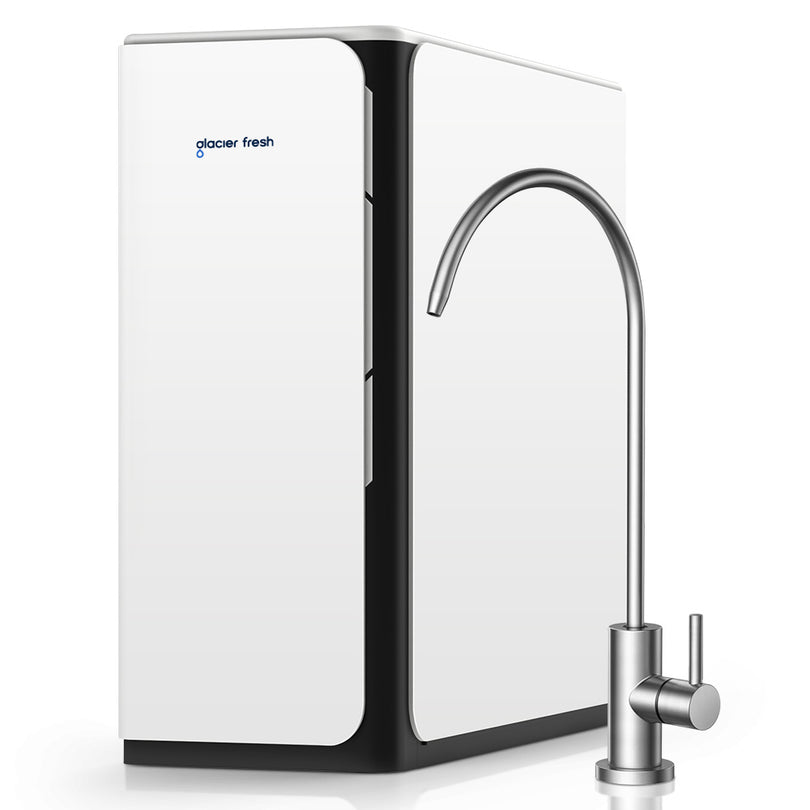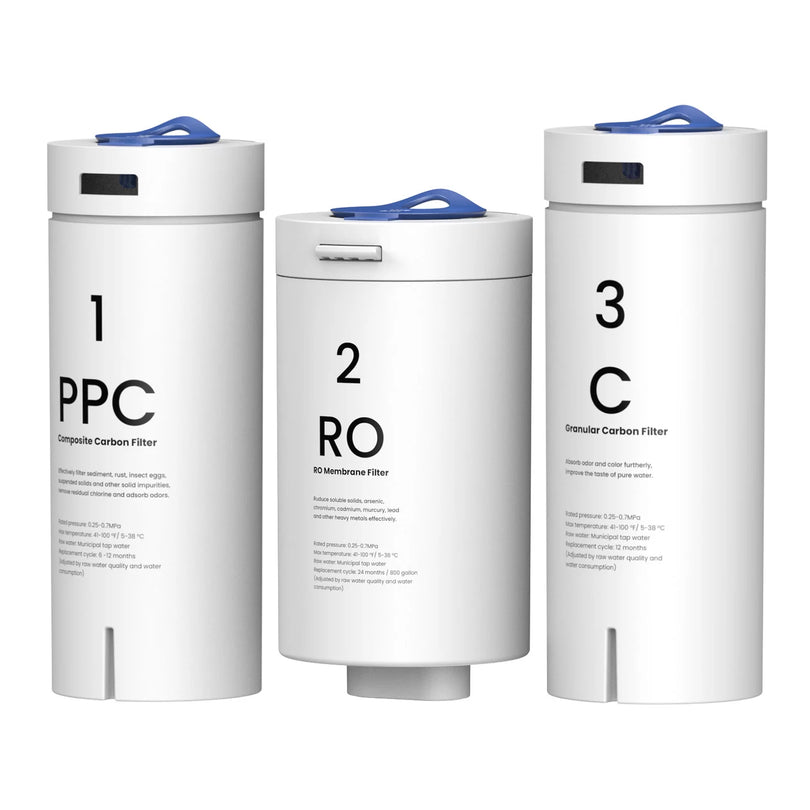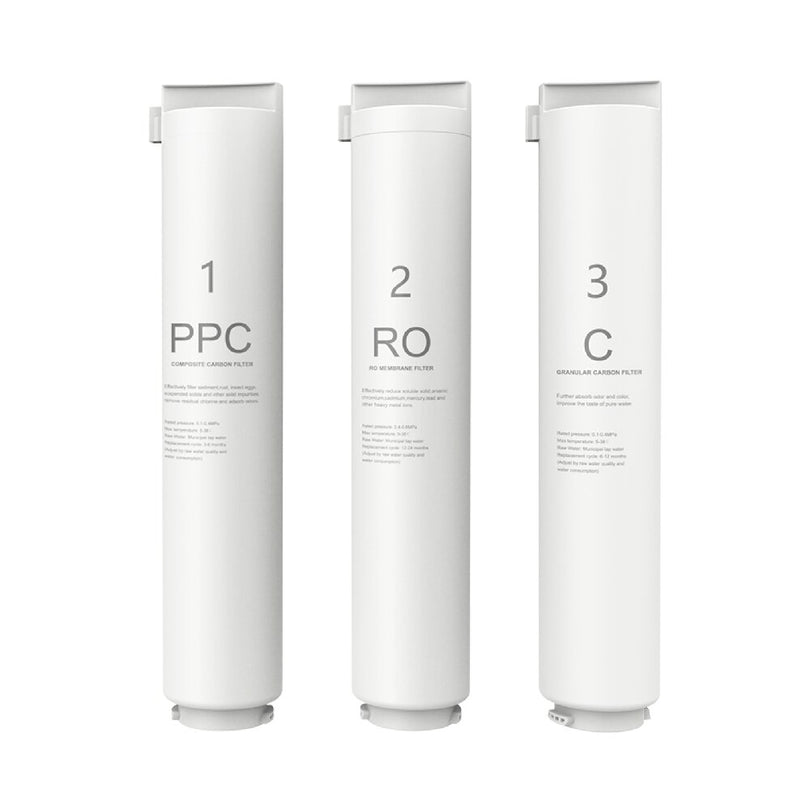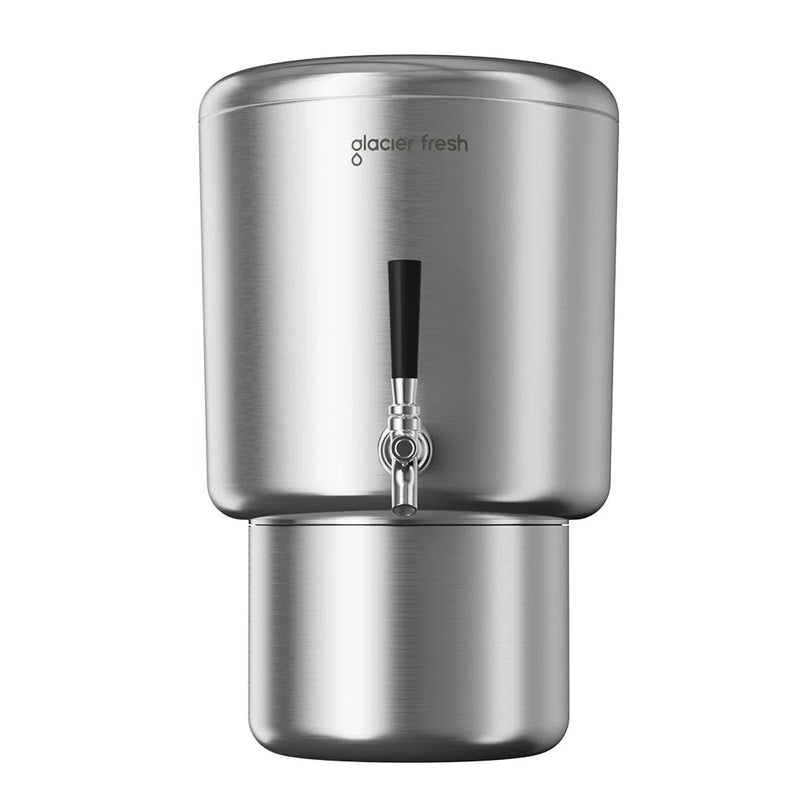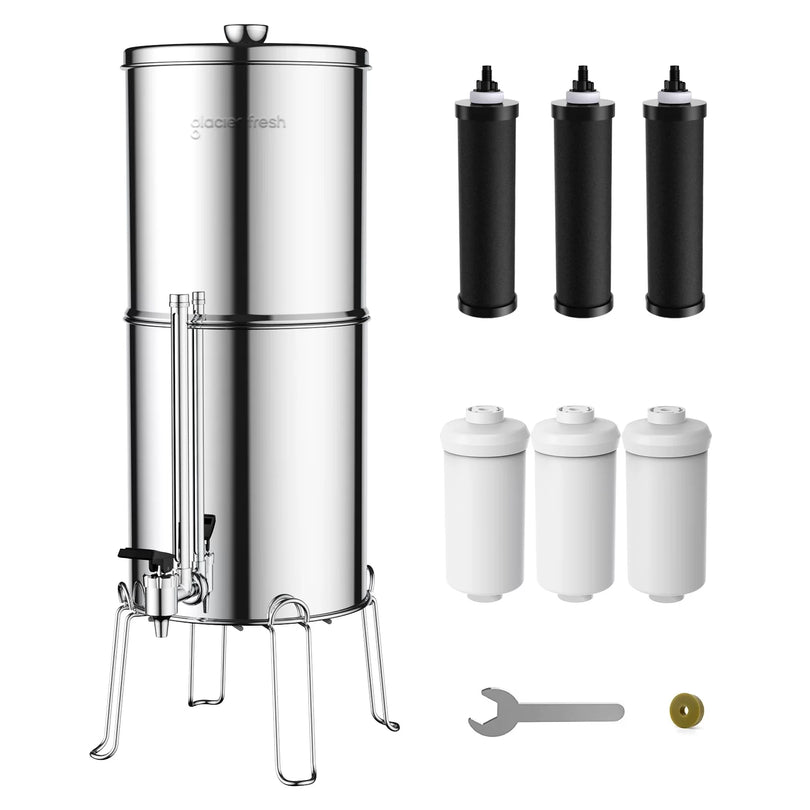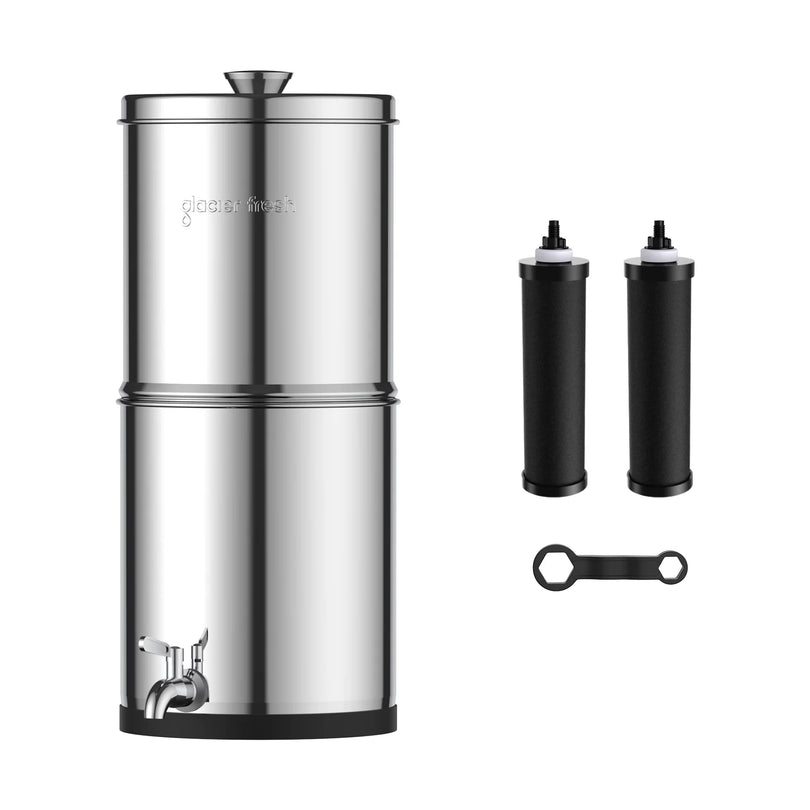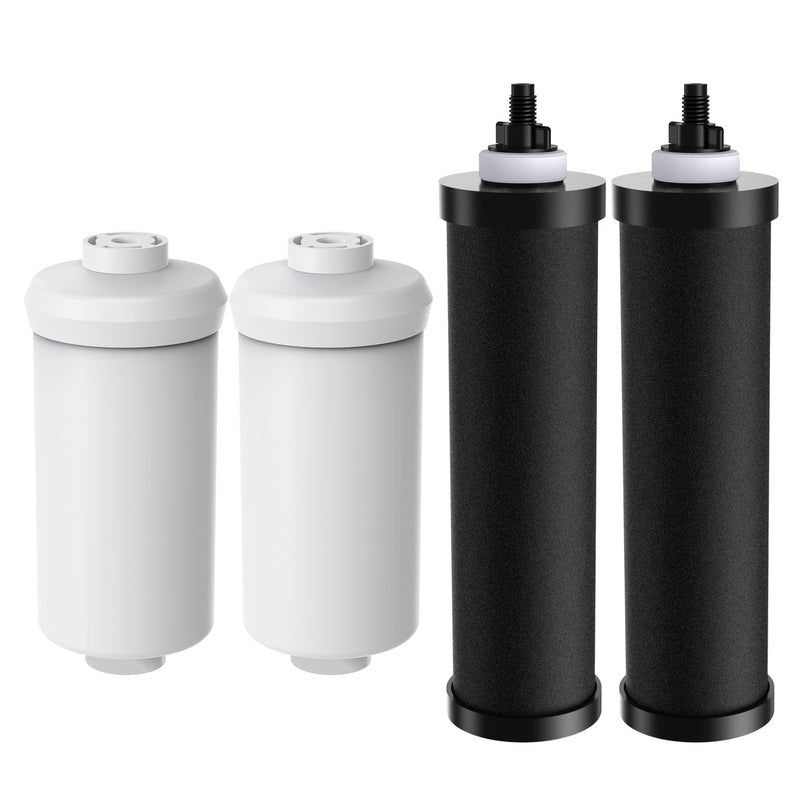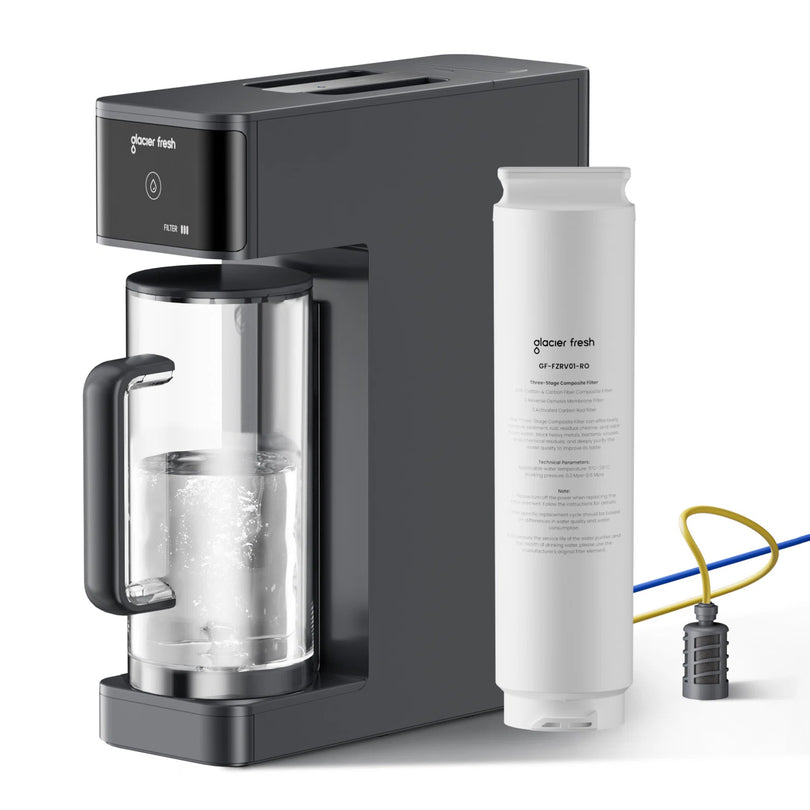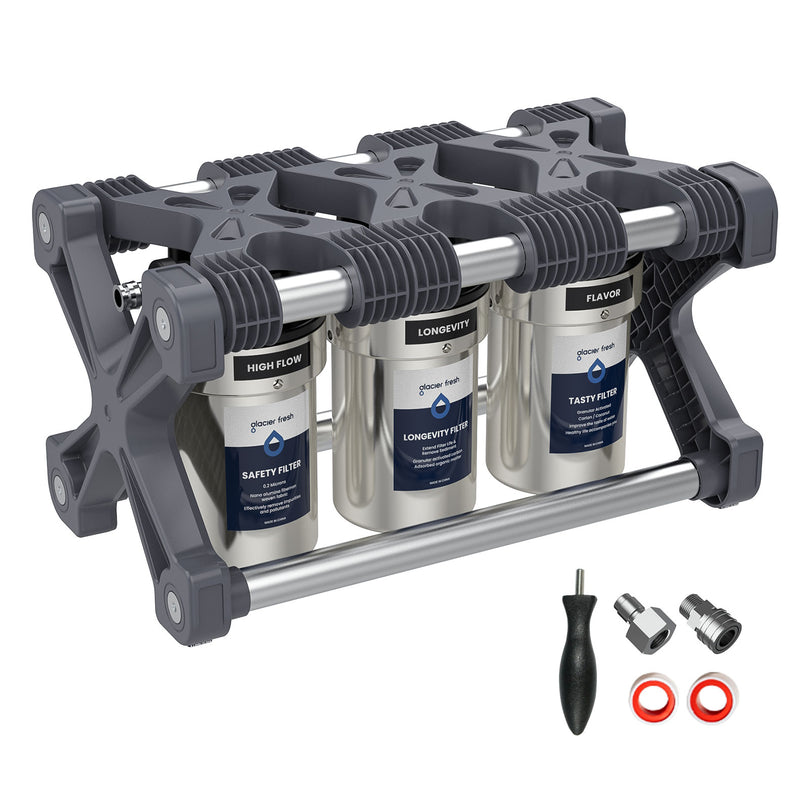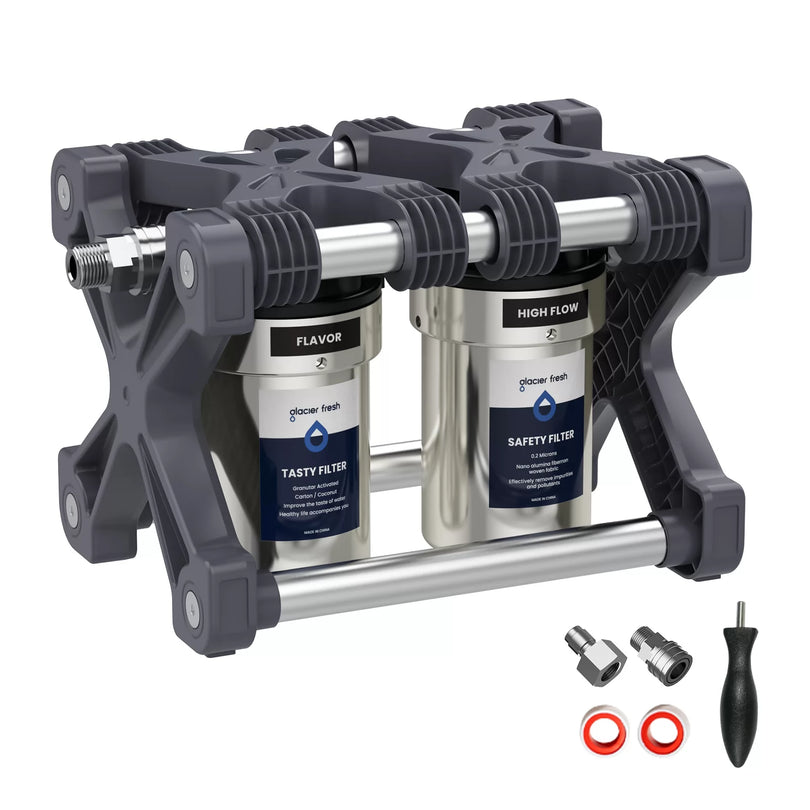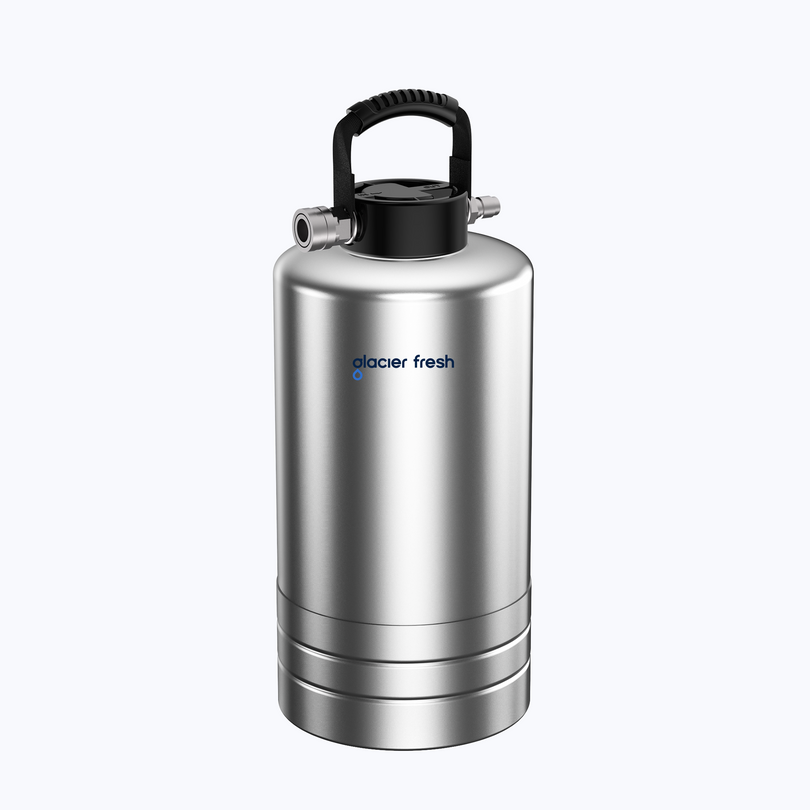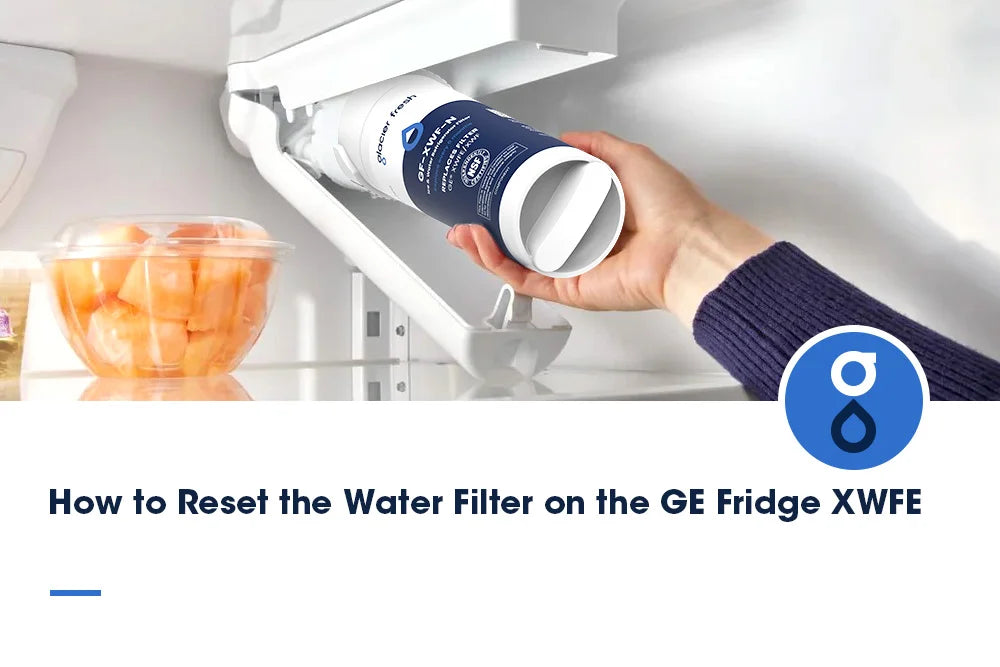Table of Contents:
What Is PFAS?
What Does PFAS Do to Your Body
Do Water Filters Remove PFAS?
How to Choose a PFAS-Effective Water Filter
Precautions for Water Filter Use
FAQs
Conclusion
PFAS, also known as forever chemicals, are stubborn materials that are capable of polluting water and causing health hazards. It is important to select the appropriate water filter to minimize exposure. The most common question that people ask is “Do water filters remove PFAS?” In this article, we will answer the question and also mention the best water filters. Let's dive in.
What Is PFAS?

PFAS are artificial substances that are applied to most domestic and industrial goods. They are long-lasting against heat and water. The chemicals may remain in the environment and the human body for several years. PFAS are commonly found in products such as nonstick cookware, firefighting foam, and packaging. They pose serious health and environmental concerns on the planet owing to their persistence.
When comparing microplastics vs. PFAS, it’s important to note that while both are environmental contaminants, PFAS are far more persistent at a molecular level and chemically more toxic than most microplastics.
What Does PFAS Do to Your Body
PFAS may be gradually accumulated in the body. They can cause damage to various organs and natural body processes. Such as:
-
PFAS should damage your immune system over time.
-
It is capable of increasing cholesterol in numerous people.
-
PFAS can cause a natural hormonal imbalance.
-
It can elevate the risk of certain cancers.
-
PFAS can have a detrimental effect on the liver and kidneys.
-
It may influence growth and development among children.
Do Water Filters Remove PFAS?
Indeed, numerous water filters can be used to eliminate PFAS. More than 90 percent of these chemicals can be removed using reverse osmosis systems. Activated carbon filters (granular types, in particular long-chain types) are also useful in reducing PFAS. The ion exchange filters are effective for some PFAS compounds. Its performance relies on the kind of filter and its rate of maintenance and replacement to ensure that it functions well.
If you’ve ever wondered “Does reverse osmosis remove PFAS?”, the answer is yes — it significantly reduces PFAS concentration and complements activated carbon filters for complete protection.
How to Choose a PFAS-Effective Water Filter
Here is how to select a PFAS-effective water filter. You should consider these:
Check Filter Certification
The certification shows that the filter is up to testing standards for removing these chemicals. The most reliable are the NSF or ANSI-certified filters. It is always best to look at product details prior to purchase. Certified filters ensure that they have the capacity to reduce PFAs in your drinking water.
Choose the Right Filtration Technology
The different filters adopt different technologies. The reverse osmosis filters can remove the majority of PFAS with the help of a semi-permeable membrane. Granular activated carbon filters can trap the PFAS molecules.
Match Filter to Your Water Quality
The quality of water in some places may differ. Water testing will assist in detecting levels of PFAS and other contaminants. Select a filter depending on these findings. Reverse osmosis is a suitable choice when PFAS levels are high. The optimal contamination level correlates with the appropriate level of protection and prolonged operation of the filter.
Consider Filter Maintenance
A filter never performs well without maintenance. Scheduling the replacement of cartridges ensures high performance. Failure to maintain mechanisms may reduce the efficiency of PFAS removal. Always use the instructions of the manufacturer when it comes to replacement times. A properly functioning filter gives you clean and safe water.
Evaluate Cost and Longevity
The most suitable filter is efficient and affordable. Make a comparison between the initial cost and the maintenance costs. Some systems are more expensive initially but more durable. Spend smartly in accordance with performance and life span. A long-lasting filter will reduce expenses in the long term and be a reliable source of PFAS protection.
The following are some of the most workable PFAS-effective water filters.
Recommended for Home Use: Glacierfresh Countertop Filter
The Glacier Fresh 3G Countertop Water Filter System is a gravity-fed model developed primarily for home use. It utilizes a positively charged nanofiber membrane to eliminate PFAS, heavy metals, bacteria, viruses, and fluoride. Its gravity-fed system does not need installation. The system has a 3-gallon filter tower, and it has an advanced filtration technology to eliminate contaminants. Its minimal size and the smooth stainless steel finish also make it a classy addition to any kitchen counter. You can easily have clean water through this simple filtering system.
Recommended for Outdoor Use:
1. Glacierfresh Outdoors RO Water Filter
The GlacierFresh RV Reverse Osmosis System is an RV and outdoor system that has superior filtration capabilities. It uses a 3-in-1 composite filter, which eliminates bacteria, viruses, heavy metals, and PFAS. This small system is simple to install and run, which is why it can fit any environment. This system provides access to clean water, whether in an RV or a cabin.
2. Auqago RV Water Filter System
The Auqago RV Water Filter System is a simple and compact RV and outdoor clean water solution. It has a three-stage filtration system, such as a 0.2 micrometer high flow filter, a charcoal/coconut shell filter that adds flavor. It includes a sediment filter to increase filter life. The system is very effective in eliminating contaminants, making water safe and healthy. Its portability and quick setup ensure its applications for both mobile and stationary purposes.
Precautions for Water Filter Use
A water filter would enhance water quality with proper care. The following precautions can make it safe and effective.
-
Religiously check the instructions of manufacturers before first use.
-
Periodically change filter cartridges to ensure performance.
-
Clean the system every few days to avoid bacterial growth.
-
Do not use hot water unless it is indicated in the filter.
-
Do not use broken and damaged parts of the filters.
-
Keep filters in a dry area.
FAQs
Which is worse in water, PFAS or microplastics?
PFAS are worse since they build up in the body over time. Microplastics primarily lead to physical contamination. PFAS present long-term chemical toxicity that is hard to eliminate in water and could interfere with hormones.
How does PFAS enter the human body?
PFAS may enter the body by drinking water, eating food, or being exposed to household products. They can also be a result of contaminated air. PFAS build up in the organs and in the blood once in the body, which adds health hazards.
Where do PFAS come from?
PFAS come from industrial products. They are applied in nonstick cooking utensils, waterproof fabrics, food containers, and firefighting foams. These chemicals may disseminate into water, soil, and air and last several years.
What are the symptoms of PFAS in the body?
PFAS can provoke cholesterol and hormonal dislocation. It can hurt liver and kidney functions. Children can experience weaknesses in the immune system and develop. Prolonged exposure can also increase the risk of cancer.
Does bottled water have PFAS?
PFAS can be found in some bottled water, depending on the source of the water as well as the packaging. Not all brands test these chemicals. Certified filters or tested brands are alternatives that would provide safer drinking water for day-to-day use.
Conclusion
PFAS is a threatening problem to safe drinking water. The selection of the correct water filter lessens the exposure and preserves health. Knowing the types of filters and their care will guarantee their efficient usage. Certified filters give you better, cleaner water for your family. You can prevent PFAS by making informed decisions and regular filtration practices.

